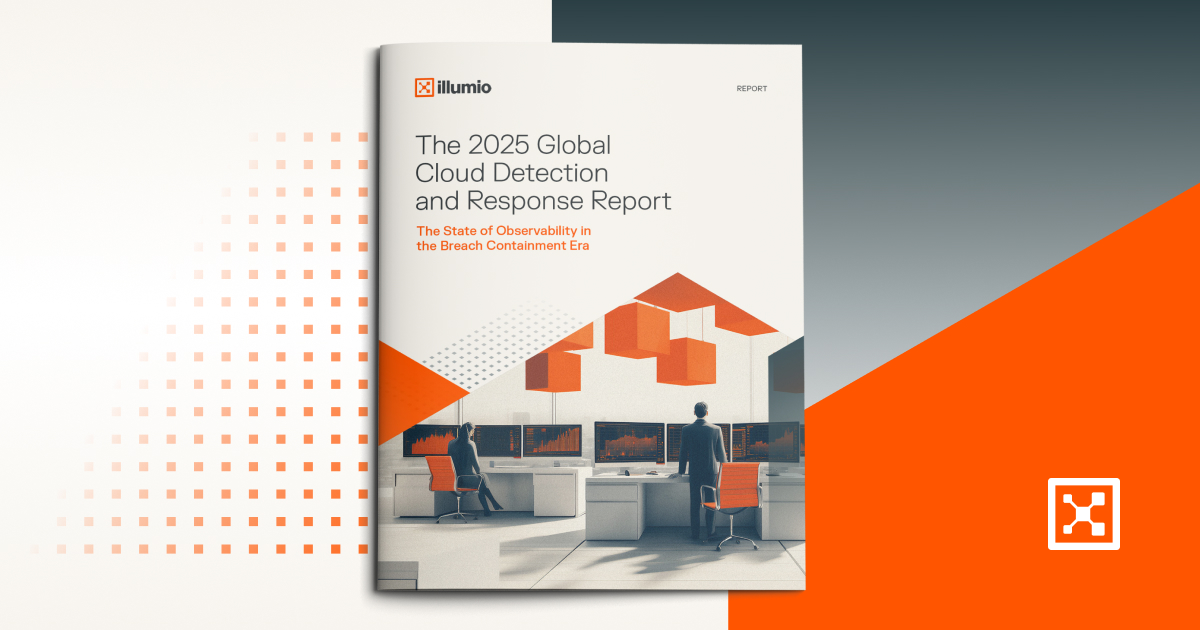Is Your Data Privacy Strategy a House of Cards?
January 28 is Data Privacy Day. And it’s come at an appropriate time.
Just weeks ago, the U.S. Treasury revealed a breach that exposed sensitive personal data, including 3,000 unclassified files.
A new year with the same old story of massive data breaches and leaked personal information. Yet organizations and agencies are taking the same security measures year after year.
We need to fundamentally rethink how we protect the data that powers our lives, starting with Zero Trust as the foundation.
And if there’s one thing this year’s Data Privacy Day reminds us, it’s this: it’s time to stop talking about securing data and start actually doing it.
The 2 biggest problems with data privacy right now
Despite the growing attention on data privacy, there are glaring issues that continue to slip through the cracks.
1. The over-collection problem
Let’s start with one of the biggest culprits: over-collection of data. Too often, organizations collect far more information than they need. Governments are especially guilty of this.
Think of it this way — every extra piece of data you collect is like leaving another door unlocked for attackers.
Organizations and agencies alike need to be better about only collecting the data they need. But I can acknowledge that it’s not a perfect process.
That’s why a Zero Trust security strategy is so essential to data privacy. The Zero Trust principle to “never trust, always verify” means that access to your data is limited and strictly controlled.
Zero Trust technology like microsegmentation makes attackers’ attempts to find and exfiltrate your data impossible. Breaches get contained immediately. They never get the opportunity to spread through your network to your critical data.
2. The accountability problem
Zero Trust also shines the spotlight on an often-overlooked part of data privacy issues: accountability.
Public and private organizations have long treated security as the sole domain of the CISO and their security team. But the reality has always been that everyone is part of data security.
Zero Trust is such an integral part of this process because it forces accountability at every level. It starts by redefining access. Instead of granting blanket permissions, Zero Trust demands specificity:
- Who needs access?
- What do they need it for?
- How long will they need access?
And Zero Trust isn’t just about reducing attack surfaces. It’s also about making sure data privacy becomes an enforced standard, not an afterthought. By isolating systems and applications, Zero Trust limits the paths attackers can exploit, even if they manage to gain access.
From breach fatigue to breach resilience
We live in a world where data breaches are so common that people have stopped caring. Even as someone in the cyber industry, I’m susceptible to the same feelings. I’ve gotten at least three letters in the mail in the last few months from companies alerting me that my data has been involved in a data breach.
That’s dangerous — not just for individuals but for organizations as well. When users lose faith in an organization’s ability to protect their information, reputations crumble.
This is especially dangerous for the public sector. Citizens don’t have a choice about providing their data to government agencies.
Zero Trust is the way out of this mess. Instead of throwing our hands up in the air about data privacy, Zero Trust offers a way to stay resilient against breaches. Breaches will happen. But they don’t have to be a catastrophic violation of people’s private data.
Real data privacy starts with Zero Trust
Here’s the bottom line: Zero Trust isn’t just a tool — it’s a mindset. It’s about challenging every assumption of trust, validating every interaction, and putting accountability at the center of your security strategy.
With Zero Trust, you’re not just reacting to breaches; you’re preparing to survive them. And you’re not just managing data; you’re protecting it.
It’s time to stop accepting data breaches as the cost of doing business. With Zero Trust, we can rewrite the rules and make data privacy a reality.


